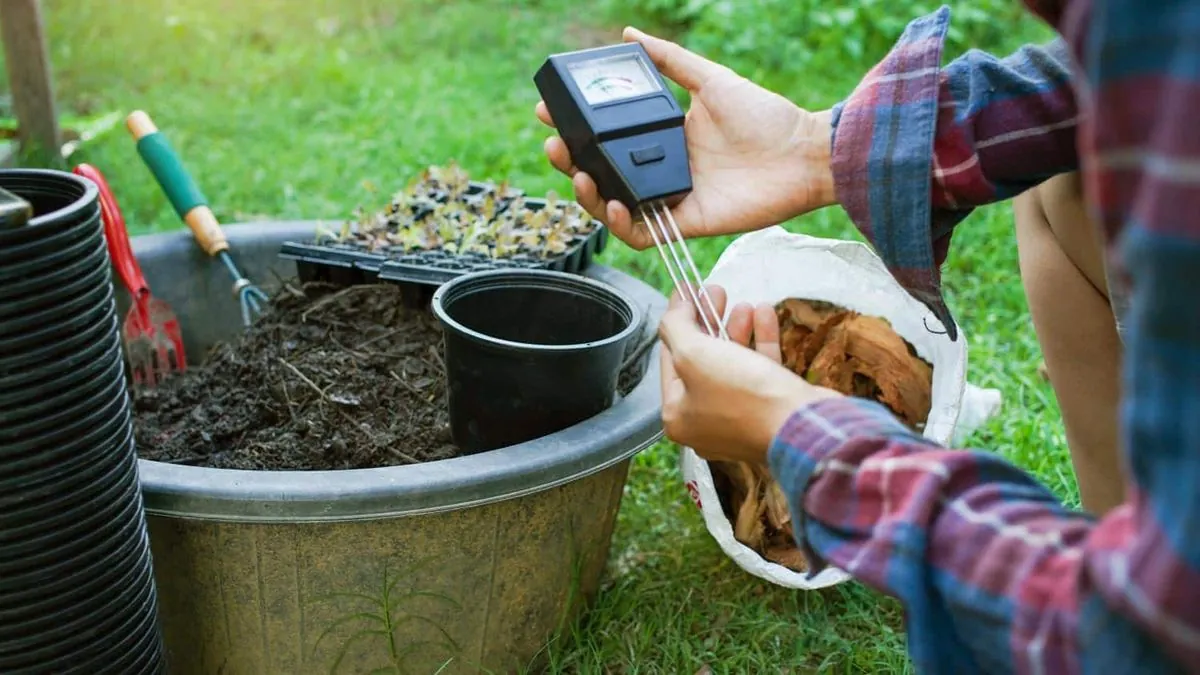Revitalize Your Cool-Season Lawn: Expert Tips for Fall Renovation
Learn how to rejuvenate your cool-season grass lawn this fall. From soil testing to proper seeding techniques, discover expert tips for a lush, healthy turf that requires less maintenance.

As the temperatures begin to cool, it's time for homeowners in Canada and the northern United States to focus on rejuvenating their cool-season grass lawns. Kentucky bluegrass, Canada bluegrass, ryegrass, and fescues are common choices for these regions, known for their ability to thrive in cooler climates.
While turfgrasses can be resource-intensive, requiring significant water, fertilizers, and sometimes herbicides, a well-maintained lawn can still have its place in a balanced landscape. The key is to create a healthy foundation that minimizes the need for excessive inputs.
The first step in lawn renovation is soil testing. Grass thrives in soil with a pH between 6.0 and 7.5. This optimal range ensures proper nutrient absorption and overall plant health. The pH scale, developed by Danish chemist Søren Sørensen in 1909, has been crucial in understanding soil acidity and its impact on plant growth.
If your soil's pH is too low, apply lime to raise it. For high pH levels, use ammonium sulfate or ammonium nitrate. It's crucial to follow package instructions and incorporate these amendments 4-6 inches deep. Interestingly, the use of lime for soil improvement dates back to ancient Rome, showcasing the long-standing recognition of soil pH importance.

Next, perform core aeration to improve soil oxygen levels. This technique, first developed in the 1940s for golf courses, creates channels for air, water, and nutrients to penetrate the soil. Follow aeration by spreading a half-inch layer of compost, which can introduce billions of beneficial microorganisms per teaspoon, enhancing soil health.
Selecting the right grass seed is crucial. Tall fescue, with its deep root system reaching up to 2-3 feet, is excellent for dry, sunny areas. Fine fescue suits shaded spots but may not withstand heavy foot traffic. Kentucky bluegrass, despite its name originating from Europe and northern Asia, performs well in humid regions. Consider mixing varieties for optimal results.
After seeding, maintain consistent moisture until the grass reaches 2 inches. Once it's 4 inches tall, begin mowing, never removing more than one-third of the blade length. Leave clippings on the lawn as they can provide up to 25% of its fertilizer needs.
"A healthy lawn, regardless of its size, will require less maintenance than one that is struggling. And the best way to achieve optimal lawn health is to build it properly, um, from the ground up."
By following these steps, you can create a resilient lawn that requires less maintenance and resources. Remember, the average American lawn is about 1/4 acre, contributing to the estimated 40-50 million acres of turfgrass in the United States. With proper care, some grass species can live for over 100 years, making your lawn renovation efforts a long-term investment in your landscape's health and beauty.


































